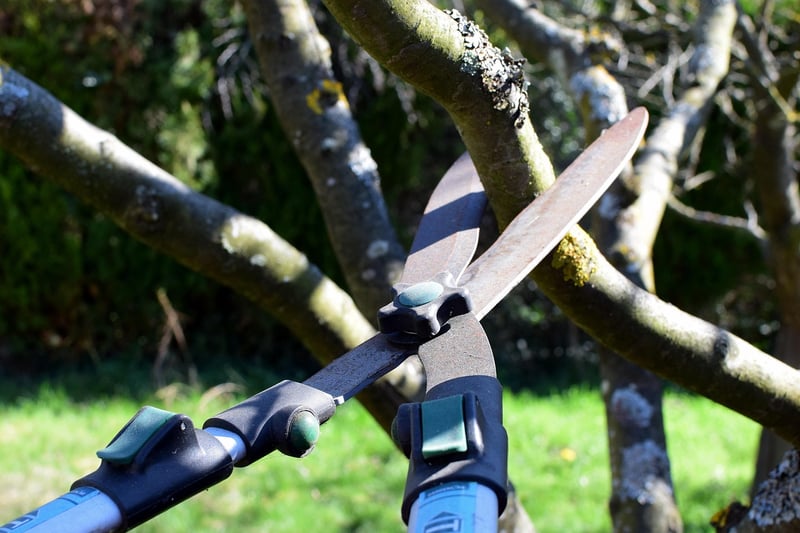Pruning Guide
Keep Your Garden Thriving: A Complete Pruning Guide
Welcome to our comprehensive guide on pruning to help you keep your garden in top shape all year round. Whether you're a seasoned gardener or just starting, understanding the basics of pruning is essential for maintaining the health and beauty of your plants. Read on to learn everything you need to know about pruning techniques, tools, and tips for a flourishing garden.
The Importance of Pruning
Pruning is a crucial gardening practice that involves the selective removal of parts of a plant to improve its structure, health, and overall appearance. Proper pruning promotes plant growth, enhances flowering, and prevents disease by allowing better air circulation and sunlight penetration.
When to Prune
The timing of pruning varies depending on the type of plant. In general, most flowering plants are best pruned after they have finished flowering, while deciduous trees are typically pruned during their dormant season in late winter. However, it's essential to research the specific needs of each plant to determine the best time for pruning.
Pruning Tools
Having the right tools is essential for successful pruning. Some basic tools every gardener should have in their arsenal include:
- Pruning Shears: Ideal for cutting small branches and stems.
- Loppers: Used for thicker branches that pruning shears can't handle.
- Pruning Saw: Suitable for cutting larger branches.
- Gloves: Protect your hands from thorns and sharp edges.
Pruning Techniques
There are various pruning techniques depending on the goal you want to achieve:
- Deadheading: Removing spent flowers to encourage new growth.
- Pinching: Nipping off the tips of young plant shoots to promote bushier growth.
- Thinning: Removing select branches to improve airflow and reduce overcrowding.
- Heading Back: Cutting back the terminal buds to encourage lateral growth.
Tips for Successful Pruning
Follow these tips to ensure your pruning efforts are effective:
- Use sharp, clean tools to make precise cuts.
- Prune at the correct time to avoid stressing the plant.
- Remove dead, diseased, or crossing branches first.
- Step back and assess your work as you prune to maintain balance and aesthetics.
Conclusion
Pruning is a valuable skill that every gardener should master to keep their garden thriving. By understanding the importance of pruning, using the right tools, and following proper techniques, you can promote healthy growth and beautiful blooms in your garden. Remember to research the specific needs of your plants and practice regular pruning to enjoy a flourishing garden year after year.

Happy pruning and happy gardening!
